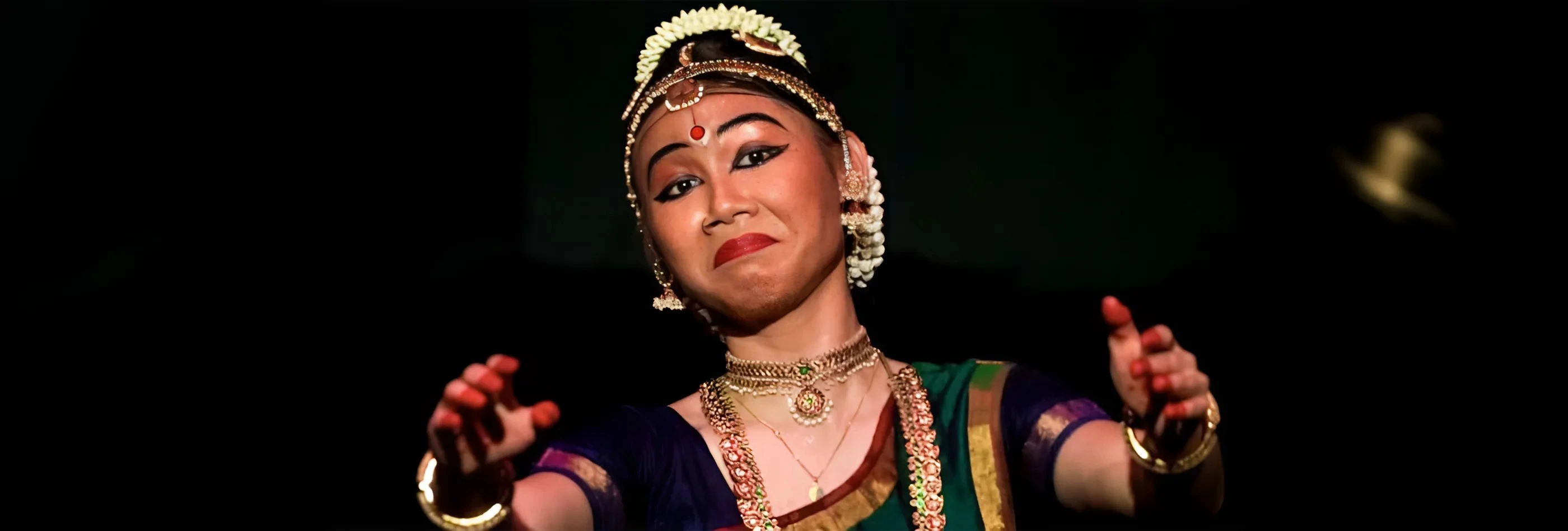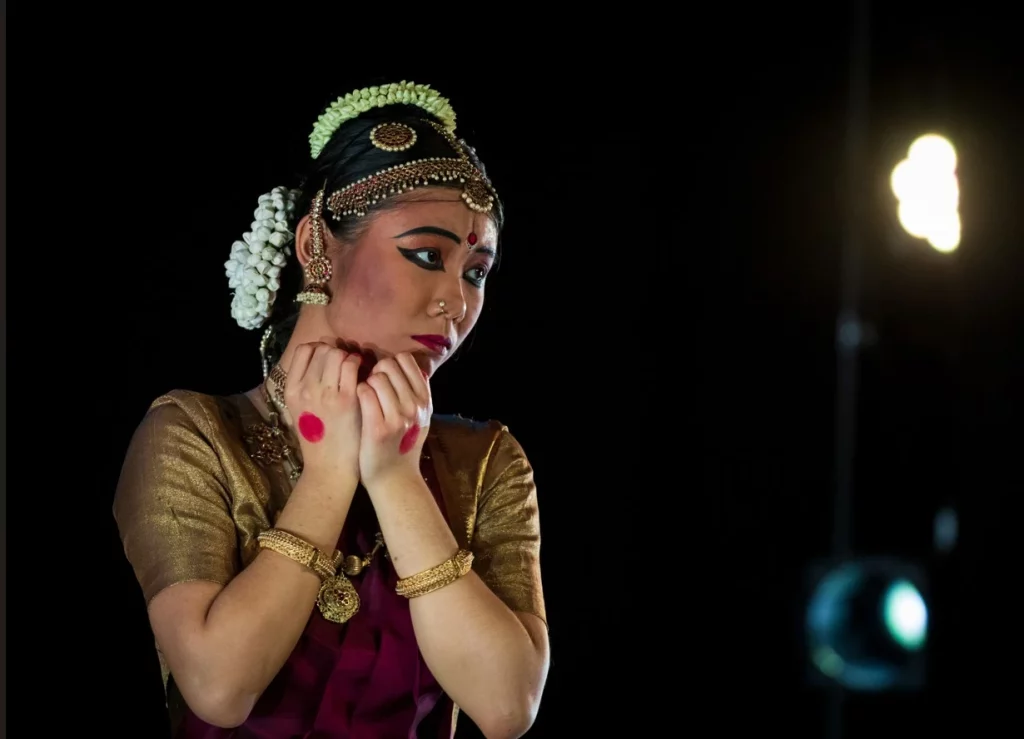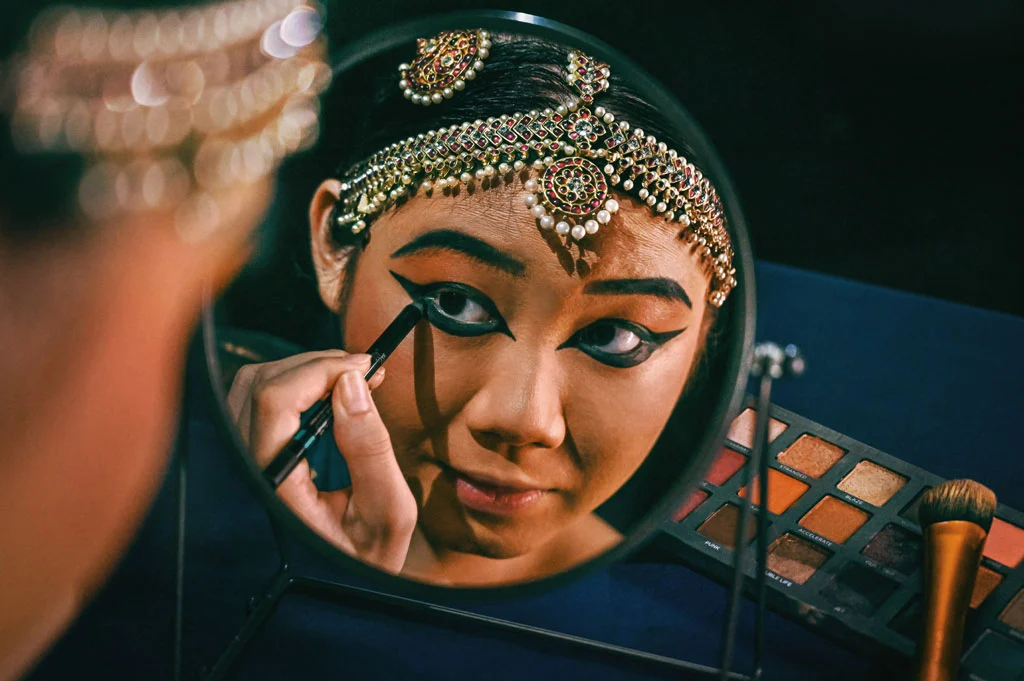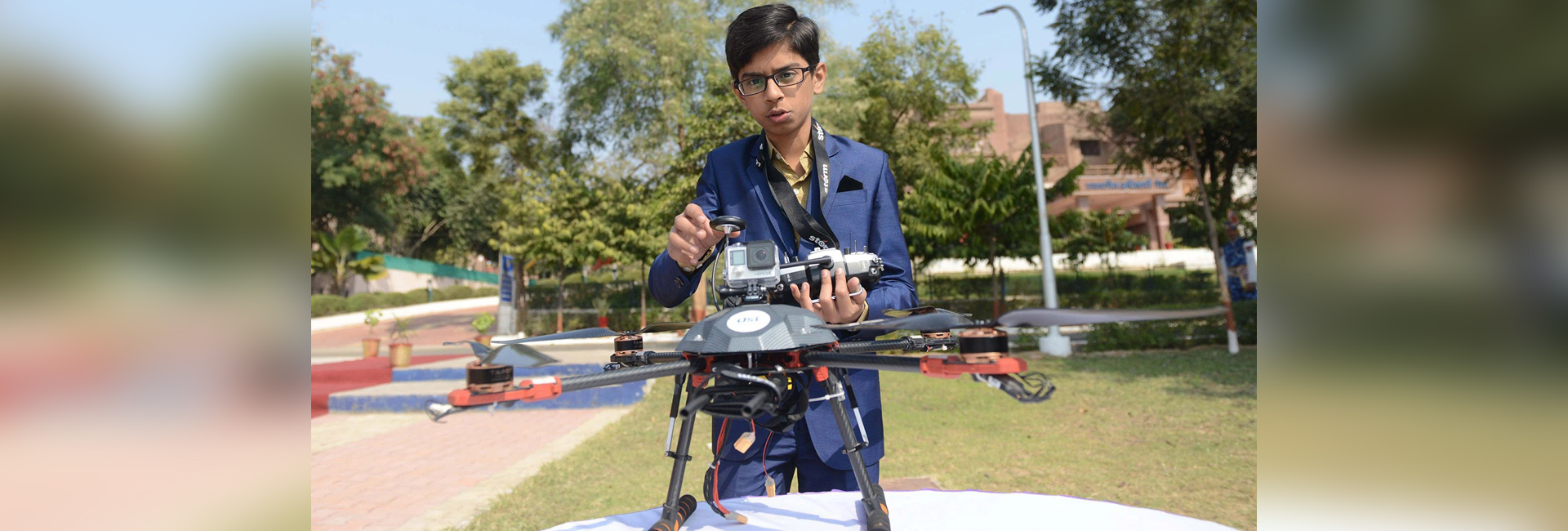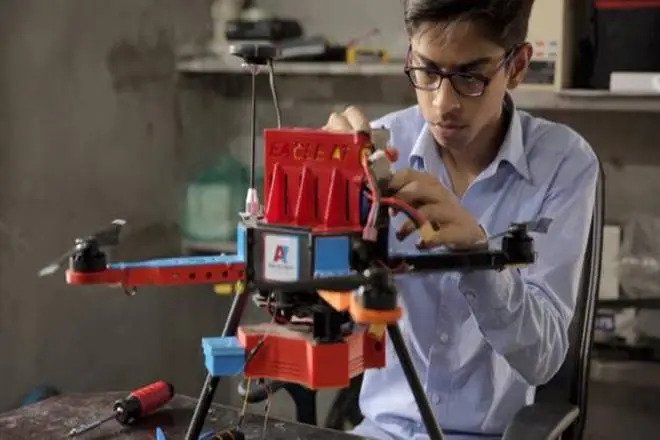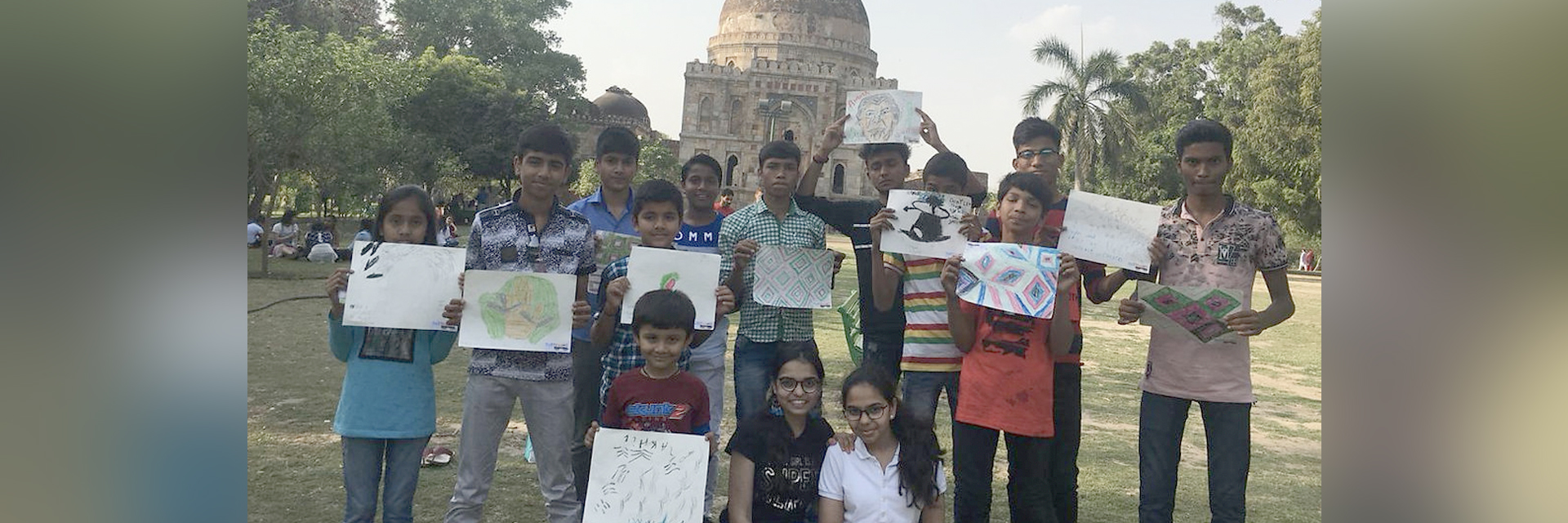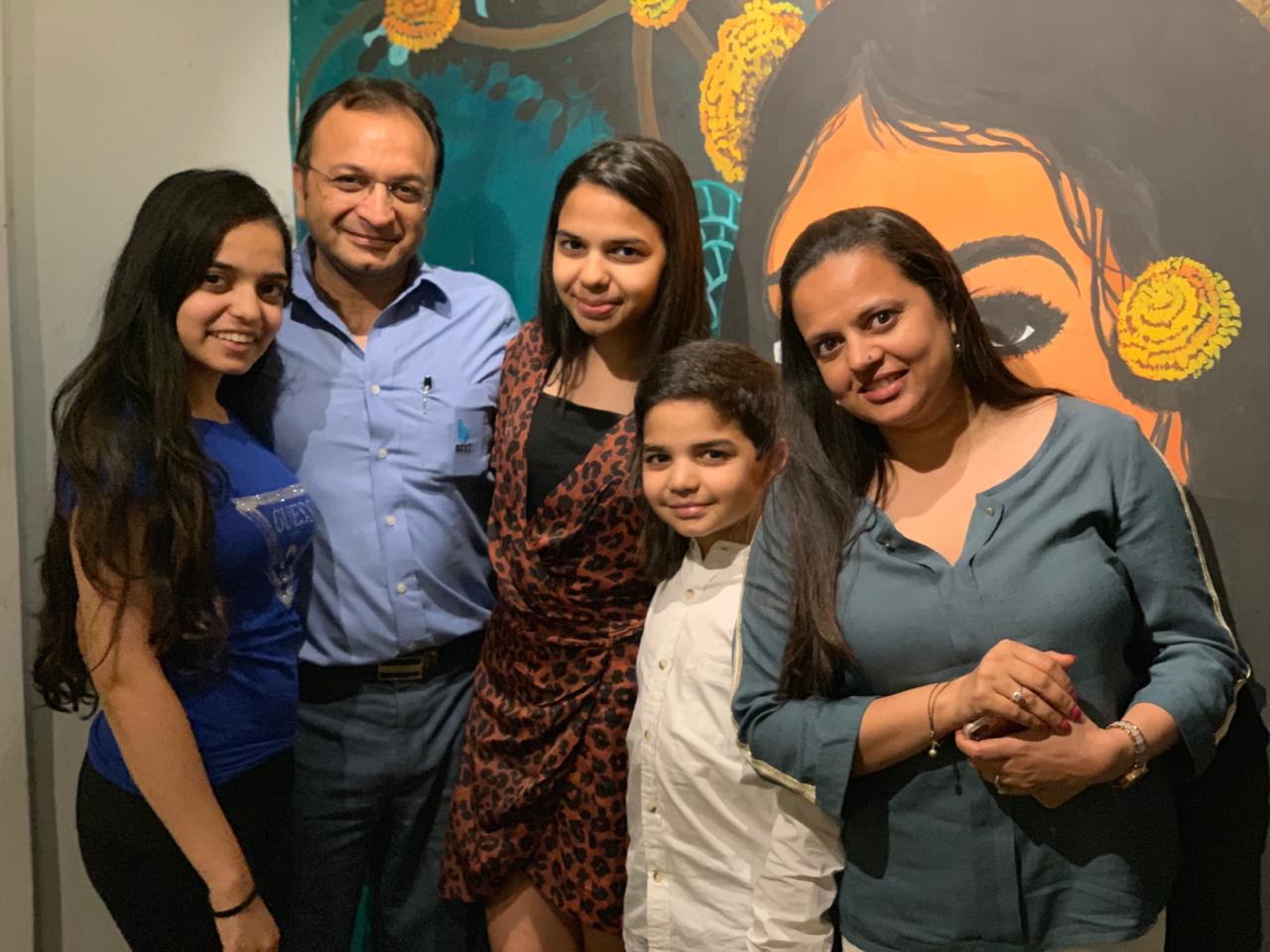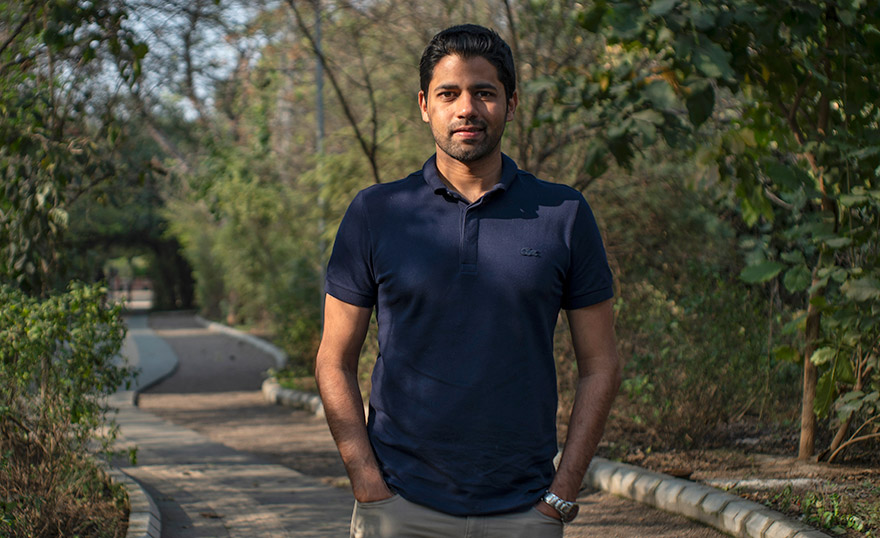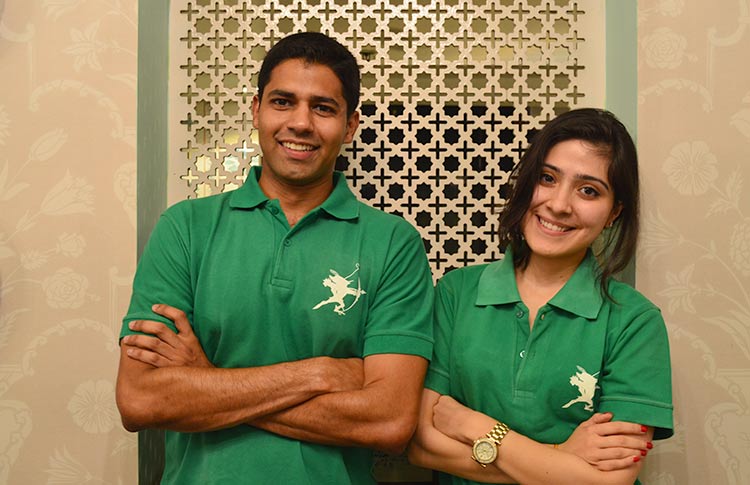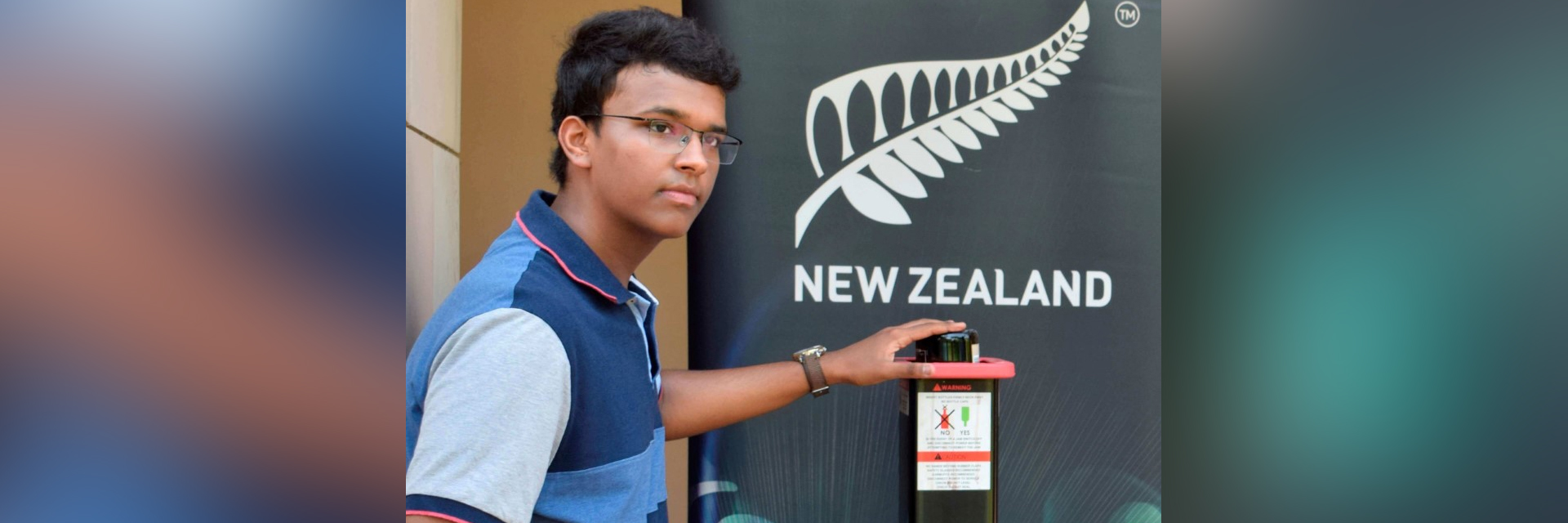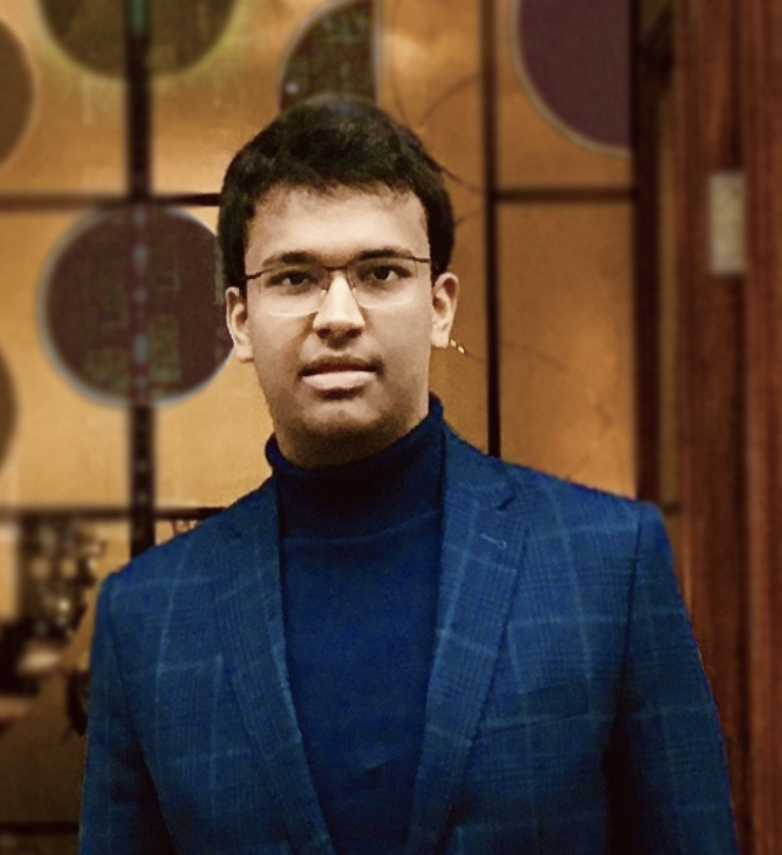(June 7, 2023) Pratishtha Deveshwar was just 13 when a tragic car accident left her paralysed down the waist. The sudden turn of events left her confined to a hospital bed for four months and subsequently forced her to spend three years bedridden. Returning to school was an impossible dream at first as her school wasn’t wheelchair accessible. Moreover, people around them had given their verdict that her life was over, asking her parents to buy her a shop in her hometown of Hoshiarpur in Punjab to at least earn a livelihood. But Pratishtha defied societal expectations and embarked on an extraordinary journey of education, empowerment, and advocacy. The Diana Award recipient is the first Indian wheel-chair user to study at Oxford University, along with being one of the youngest and most vocal disability rights activists in India.
It was a normal life for Pratishtha until October 2011, when owing to a spinal cord injury she was left paralysed. She woke up in the ICU days later to immense pain in her hands and chest but couldn’t feel anything below her waist. She was told by the doctor, ‘You will never be able to walk again.’ At that moment she felt her dreams, life, and aspirations had come to an end. She was later shifted to a normal hospital bed where she ended up spending the next four months. But due to the gravity of the situation, she was bedridden for another four years, until she decided to take charge of her life. Being written off by society, she knew the only way to get out of it was through the power of education. “People kept telling my parents to face facts and buy me a shop, so I might at least have a livelihood. Never mind what I wanted: career, marriage, travel; all these things were unthinkable according to conventional wisdom,” the Global Indian wrote in Somerville Magazine.

But her parents encouraged her to study as she worked with her teachers and friends to find a way to continue her studies. She finally found a system and worked hard to clear her Class 12 boards. “I always knew that I could overcome my situation only with education. So, after 12th, I told my parents that I don’t want to live inside the four walls of my home anymore; I deserve better. I applied to LSR, and got admission! That changed my life,” she told HT. However, it came with its share of prejudices as many people didn’t find logic in sending a wheelchair-bound girl to the university. “Those people just saw the wheelchair; they never looked beyond it to the contents of my mind or my heart. It was around this time that I first thought of advocacy not just for myself but for all people with disabilities – of which there are 28 million in India.”
LSR gave her the wings as for the first time she found a safe space to be herself, surrounded by a supportive community of women who encouraged her to share her story. This was her first step towards activism, and it started right outside the gates of her college in Delhi. She met people who wanted to listen to her story and share theirs. But it was one encounter that moved her the most. “A shopkeeper invited me to visit his shop and make it wheelchair accessible. All the alterations I suggested were completed within five days of my visit. This, I learned, is how activism works: by meeting people, listening to their stories, and telling your own, until you find common ground.”
Soon she began sharing her story at other DU colleges and slowly started getting more attention. She led to an invitation to speak at the UN, and it snowballed as she was then asked to join the Asia Pacific Regional Office in Bangkok and later in Nairobi. With each platform, she got an opportunity to create awareness which won her the Diana Award in 2021 for her activism for disability rights. This led her to the gates of Oxford University for a Masters in Public Policy, making her the first Indian wheelchair-user to study at Oxford University. “I realized that the cause of constant marginalization of persons with disabilities (PwDs) is the lack of inclusive policies, hence I opted for Public Policy. I want to come back to India to use the experience and knowledge by facilitating policy-level changes to improve the lives of PwDs,” she said.
Earlier this month , I had the incredible honour of meeting HRH Prince Charles, who commended my achievements so far and encouraged me to keep striving for success!
I am grateful to be the recipient of The Diana Award and thank every person supporting my journey! ❤️ pic.twitter.com/HdLdg1lTUW— Pratishtha Deveshwar (@iiampratishtha) June 29, 2021
It was at Oxford that her course reinforced ideas of activism that she had built up over the years. “I had expected Public Policy to teach me how to use the system to leverage change. It asked us to look beyond the numbers and create the right solution by empathising with the affected people,” she added.
The 23-year-old was honoured by the UK Parliament with the India-UK Achievers Award recently for her outstanding contribution to society. She is back in India and keen to share the things she has learnt in the last few years. “While I may be the first wheelchair-using Indian to attend Oxford, I don’t intend to be the last.”


